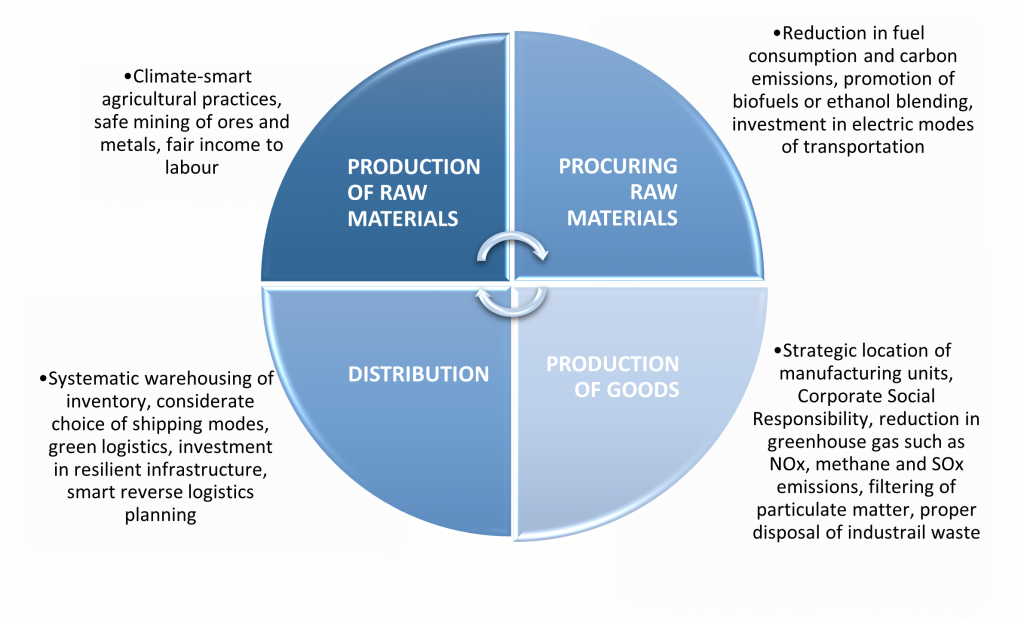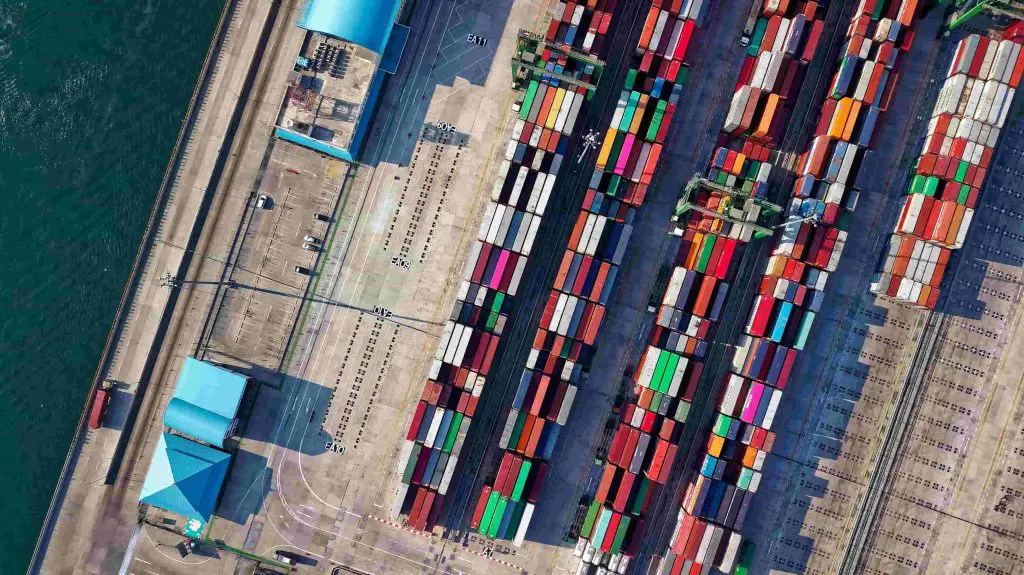As more and more economies open up and widen their trade networks, supply chains become increasingly global and complex. After the COVID-19 pandemic shook the world and compelled businesses to rethink and reorganize their supply chain systems, there have been emerging trends to decrease this complexity and reverse globalization. However, this will take years if not decades to become a reality because the global supply chain network is so greatly intricate and complicated that untangling it would require immense capital, resources, and a successful strategy.
But when the supply chains become local, what does that mean for the environment or the currently employed labor?
Nearshoring and Reshoring may sound like a good solution for a reduction in carbon emissions from transportation, but are they really?
Let’s understand the current state of supply chain sustainability, the changes and practices that ought to be adopted to reach sustainability across all levels of the supply chain, and then analyze what are the challenges that will come in the way to achieving this goal.
To begin with, what is Supply Chain Sustainability?
Supply Chain Sustainability is a set of practices, processes, and technologies that are aimed at making the supply chains economically, socially, and environmentally responsible. It envelopes all the activities within a supply chain, right from procuring raw materials and making the deliveries to customers, as well as reverse logistics.
The main pillars of a sustainable supply chain are:
- Reduction in the carbon footprint of freight transportation methods
- Fair compensation to workers including proper working conditions
- Ethical sourcing of raw materials, and optimal use of resources to reduce wastage
- Positive externalities to communities around which a company operates
Achieving Supply Chain Sustainability
Key Challenges to Supply Chain Sustainability
Fragmented Infrastructure
The supply chain infrastructure at present is highly fragmented and resilient infrastructure required for sustainability even more so. While many industry giants and manufacturers have resolved to become carbon neutral, only a few have achieved zero emissions.
Increasing Costs
Between the tussle of economic and social responsibilities, regulatory initiatives over the years have made it clear that a middle ground ought to be found. But this will come at great costs, such as hiring specialists and expert policymakers, creating additional checkpoints for maintaining transparency in the workflow, changing the sources of raw materials or intermediate goods to ethical channels, and tracking new metrics across the supply chain.
Lack of Expertise, Knowledge, and Resources
With changes in the supply chain occurring rapidly to accommodate the need for sustainability, it is not easy to find a cohort of talented, knowledgeable individuals who have specialization to address these needs. It is a task of great deliberation and detailed policy-making for the industry to find the right policy and program to initiate and achieve sustainability. A lack of expertise, knowledge, and the right resources results in delays in the required processes of policymaking.
Creating New Products
The foremost thing that determines the environmental impact of a product is the input. The ingredients used to create products may not always be harmless or environment-friendly. It then becomes a burden for manufacturers to find good ingredients and creates the new challenge of innovating such ingredients themselves.
Visibility Issues
Supply chain visibility across all levels has not been achieved as of yet. Some suppliers or manufacturers do not want to reveal their propriety information, and many sources of raw materials are not properly recorded. Thus, there is a problem of obstacles to the recording of problematic practices when their origin is unknown and traceability is not possible, especially for the lowest level partners.
Sustainable supply chains are the future of a resilient economy, a cleaner environment, and an equitable society. Finding the right balance of innovation and regeneration of ideas has to be achieved in order to successfully make supply chains sustainable and strong in the face of upcoming trends and strategies.

